Castlevania is one of the most well-respected franchises in gaming history. The games chronicle the centuries-long battle between clans of vampire hunters and Count Dracula, who needs to be whipped back into his grave roughly once every century.
In the 36 years since the franchise debuted, it’s appeared on almost every notable gaming platform under the sun, from the original 1986 release on the Japan-only Famicom Disk System right up to recent compilations on modern consoles. We also have the awesome Castlevania animated series on Netflix, which loosely adapts the early games and will soon leap forward in time to focus on Richter Belmont, Maria Renard, and Alucard’s future battles with Drac.
With around 30 titles in the franchise (plus spinoffs), it can be difficult to know where to start with Castlevania, so here are the five that best represent why these games are so highly regarded.
5. Castlevania III: Dracula’s Curse (Nintendo Entertainment System, 1989)
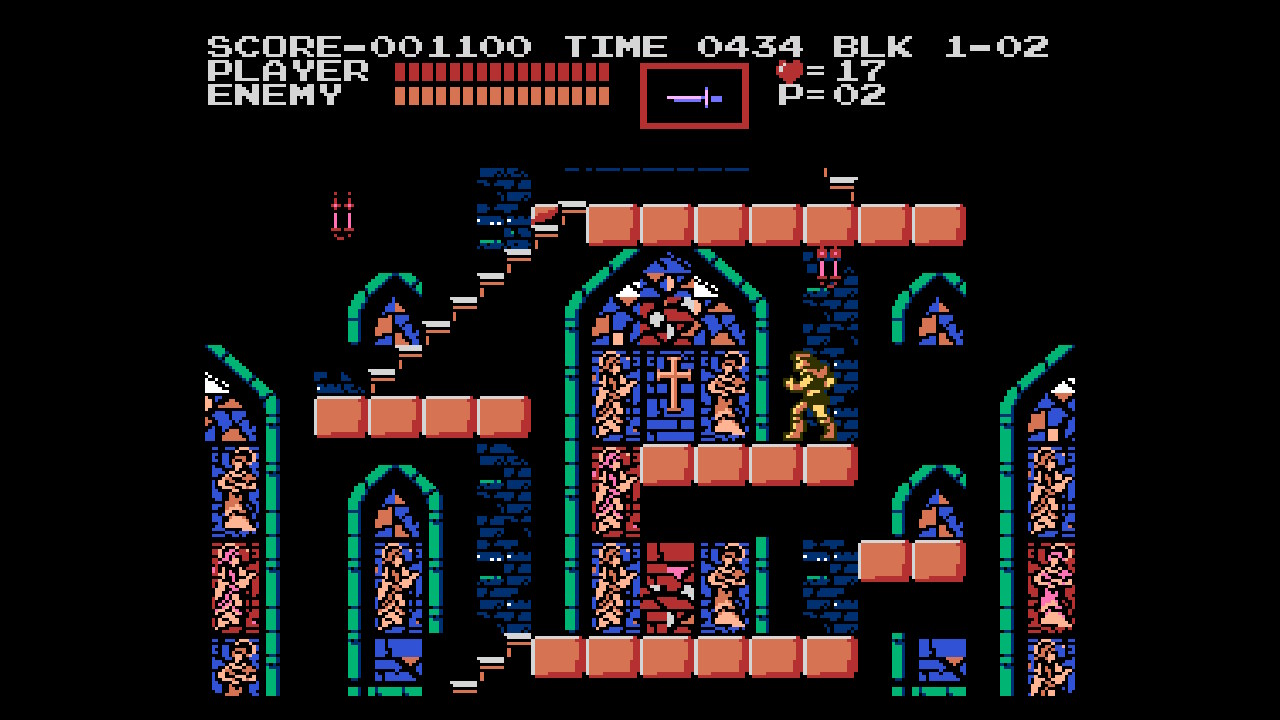
Castlevania roared out of the gates with its first entry, which single-handedly introduced most of the staples of the series. You had a wide selection of power-ups, a score full of toe-tappin’ chiptunes, a fun gallery of classic monsters to whip into submission, and the deliberate combat and movement that’d define the first 10 years of the franchise. But it wasn’t until Castlevania III: Dracula’s Curse that everything really came together.
Arriving after the hit-and-miss experimentation of sequel Simon’s Quest, Castlevania III pushes the limits of what the 8-bit NES could do. The title introduces multiple player characters: traditional Castlevania hero Trevor Belmont, sorceress Sypha Belnades, and acrobatic pirate Grant DaNasty. The trio is faced with an adventure with multiple branching paths on the way to Castle Dracula, all of which are stuffed with cool secrets, a ton of enemy types, and many tricky bosses.
The only real caveat here is that the Japanese release is absolutely the one to play. The original version contains a specialized VRC6 co-processor chip to boost sound quality, which was left out of subsequent releases for cost reasons. In addition, the U.S. and European releases were censored in various ways and had the difficulty increased to prevent those renting the game from beating it in a single sitting.
Fortunately, the Japanese Castlevania III is widely available as part of the excellent Castlevania Anniversary Collection, which is regularly on sale on pretty much every major platform. This is one of the finest examples of 8-bit game design and a great finale to the first era of Castlevania.
4. Castlevania: Aria of Sorrow (Game Boy Advance, 2003)
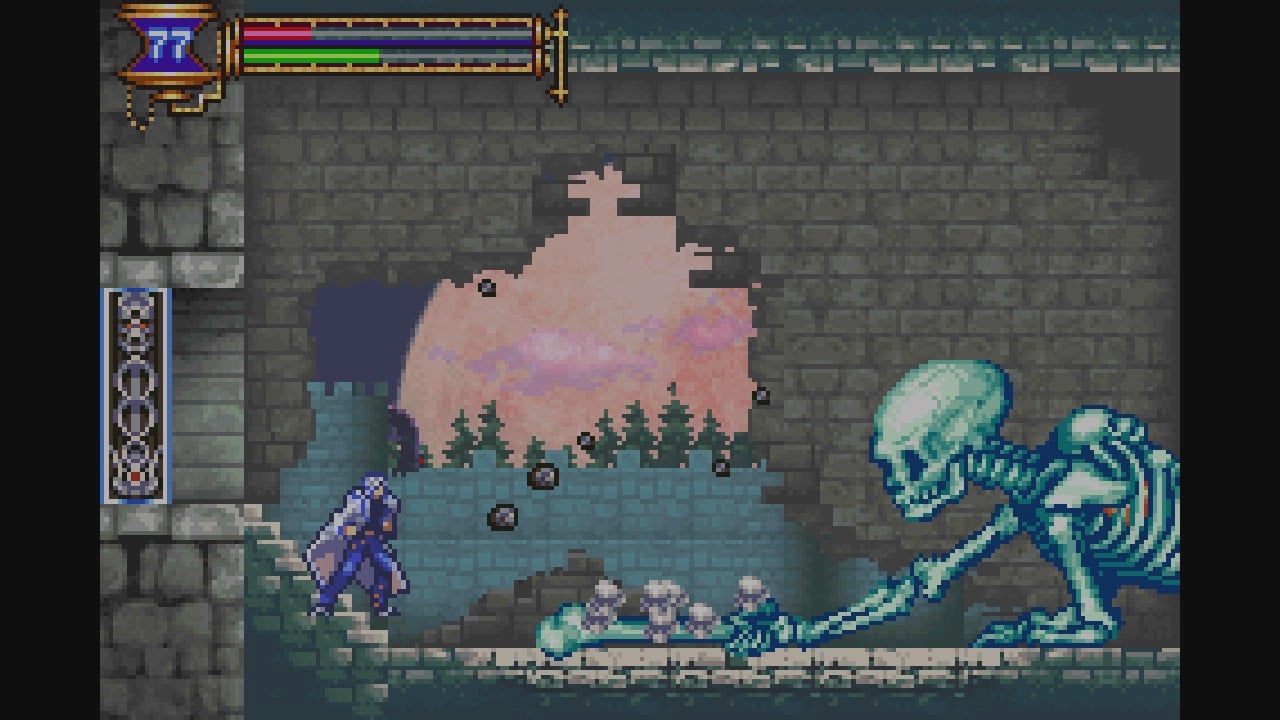
The Game Boy Advance was spoiled for choice when it came to Castlevania. It launched with Circle of the Moon in 2001, with Harmony of Dissonance following in 2002, and Aria of Sorrow in 2003. All three are worth playing, each following the “Metroidvania” template of exploratory RPG-tinged adventure rather than linear action platforming.
Of the three, it’s Aria of Sorrow that stands out as the most enjoyable. While Castlevania is generally associated with medieval times, this jumps to the year 2035. You play as Soma Cruz, a teenager with mysterious occult power tackling a manifestation of Dracula’s castle and learning the dark truth of his destiny.
It’s a fun ride, particularly when characters like the strangely familiar pale-skinned and white-haired government agent Arikado show up, or new representatives of long-running legacy families like Yoko Belnades. Beyond that, the well-designed castle is full of new versions on classic enemies, many with a fun modern twist given the futuristic setting.
Tracking down an original copy of Aria of Sorrow is difficult and expensive. Fortunately, Konami has now released the Castlevania Advance Collection, which brings together all three Game Boy Advance titles in a single package and has been released on all current formats. All three of them are fun, but Aria of Sorrow is the best.
3. Castlevania: Bloodlines (Sega Genesis, 1994)
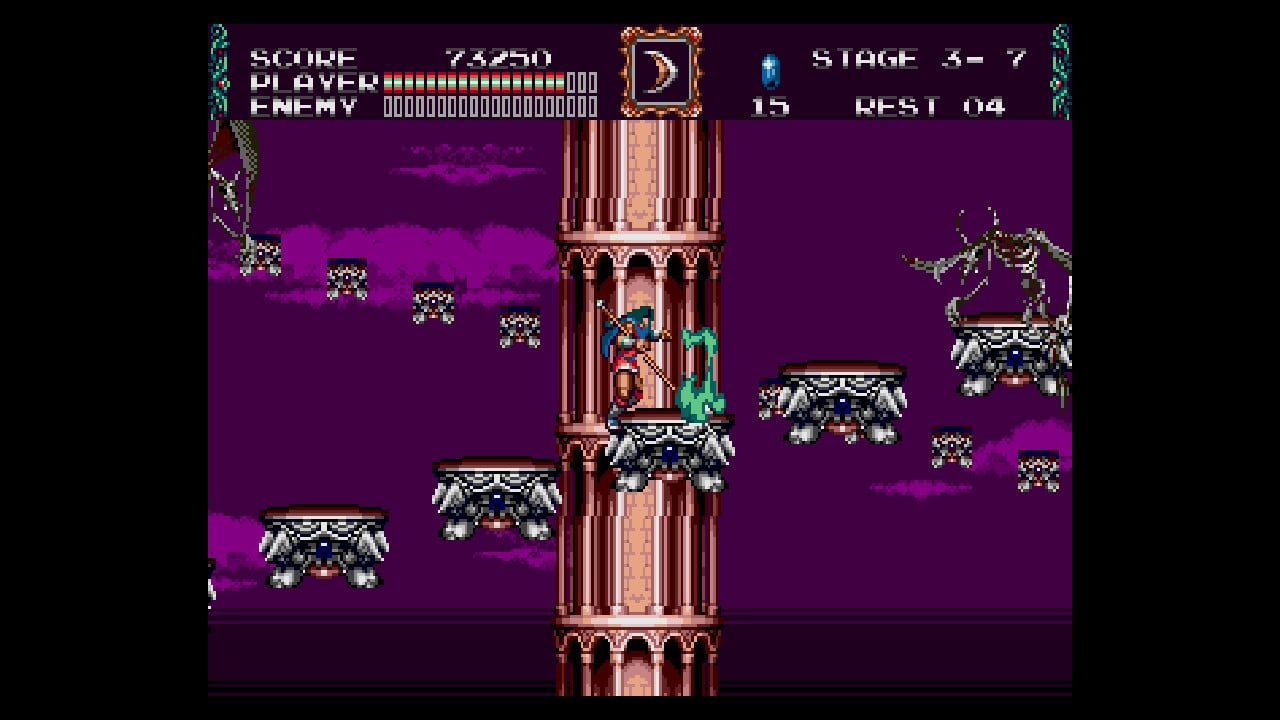
The 16-bit era saw Konami reveling in the power of the new consoles, with art and sound taking a significant leap beyond previous titles. Early Super Nintendo game Super Castlevania IV garnered a lot of attention with its detailed graphics and snazzy Mode 7 tricks. But, at least as far as my tastes go, Super Castlevania IV is somewhat overrated and 1994 Sega Genesis exclusive Castlevania: Bloodlines is where it’s at.
Set during World War I, the story follows vampire hunters John Morris (a Belmont descendant) and spear-wielding Eric LeCarde as they travel across Europe battling the forces of the evil Elizabeth Bartley. She’s on a mission to resurrect Dracula and ensure that he becomes the true master of the 20th century. Though the basic elements are all present, the more modern setting and new characters keep things fresh, with LeCarde’s spear-combat style and movement gimmicks standing out as unique in Castlevania.
Bloodlines plays like a dream and is a technical masterpiece, equalling the graphical trickery of Super Castlevania IV without relying on Mode 7. The game is full of flashy quasi-3D elements, both characters have deep and rewarding move-sets, and (appropriately, given that it’s called Bloodlines) it’s nicely gory and horror-themed. Like Aria of Sorrow, this went without an official re-release for years, but is available on the Castlevania Anniversary Collection.
2. Castlevania: Rondo of Blood (PC Engine CD, 1993)
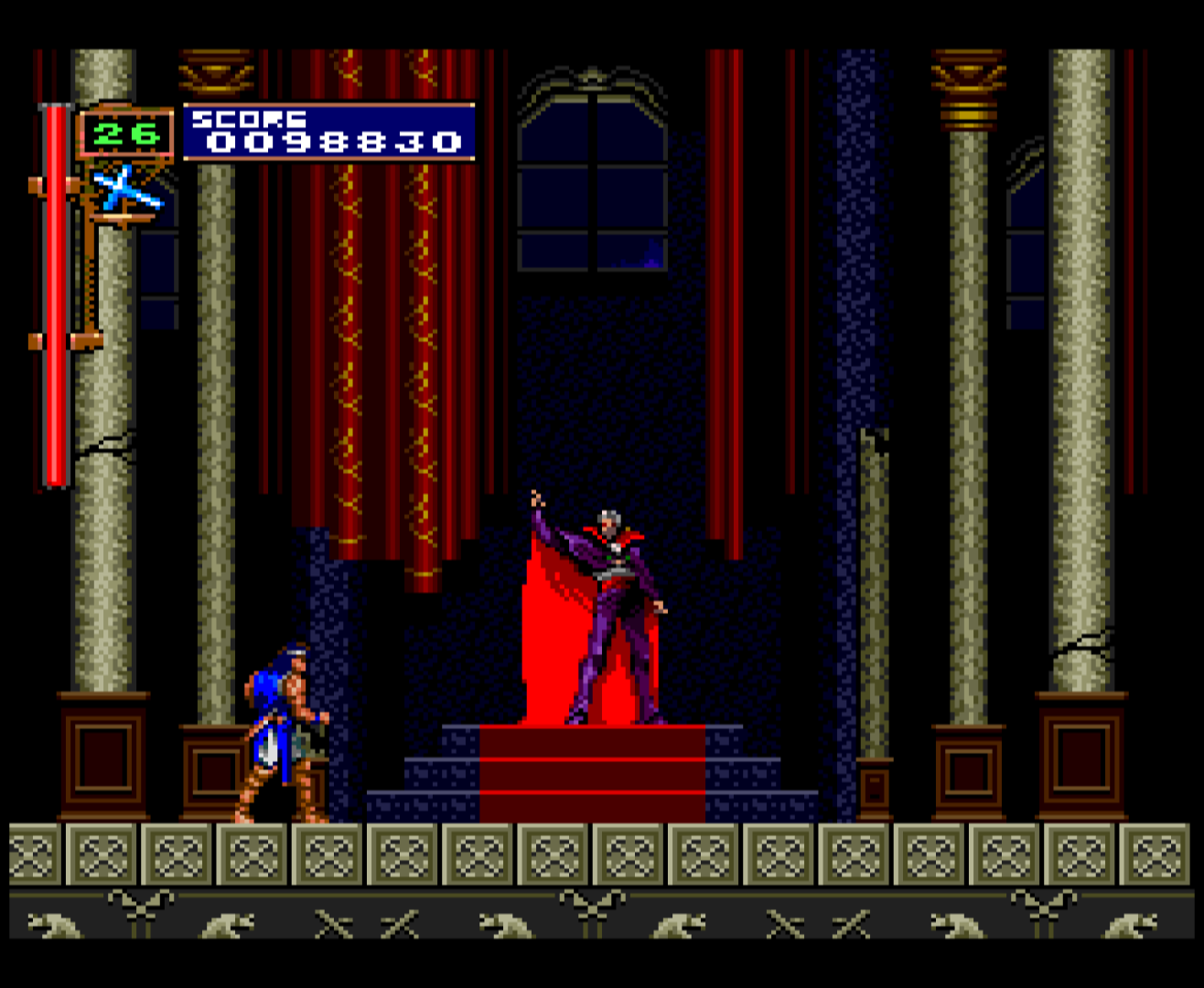
It’s cruel that one of the very best games in the history of Castlevania took 17 long years until it was released outside Japan. First released on the PC Engine way back in 1993, this 2D platformer is the peak of the “classic” Castlevania style and was the first game in the franchise to be released on CD.
The new format meant fully animated anime cutscenes, a gigantic variety of well-animated enemies and level design, and an incredible Redbook audio soundtrack. From the opening stagecoach battle with the Grim Reaper, it’s about as cinematic as a 2D platformer gets, with each stage providing new jaw-dropping visuals and fun obstacles to surmount.
Over the years, Rondo of Blood became renowned as a classic import, but finally got an official release in the West as a downloadable title on the Wii Virtual Console in 2010. Since then, its reputation has grown exponentially, especially given its close narrative links to Symphony of the Night (more on that in a moment).
But Rondo of Blood deserves better than to be simply considered a prequel to Symphony of the Night. The game is packed with features and secrets, perhaps none cooler than an entire alternate playthrough as young girl Maria Renard. This switches up the atmosphere to a goofy comedy as she tosses cats at the spooky enemies, runs circles around them with her high mobility, and her final confrontation with Dracula really has to be seen to be believed.
Rondo of Blood is available as part of the Castlevania: Requiem collection on PlayStation 4.
1. Castlevania: Symphony of the Night (PlayStation, 1997)
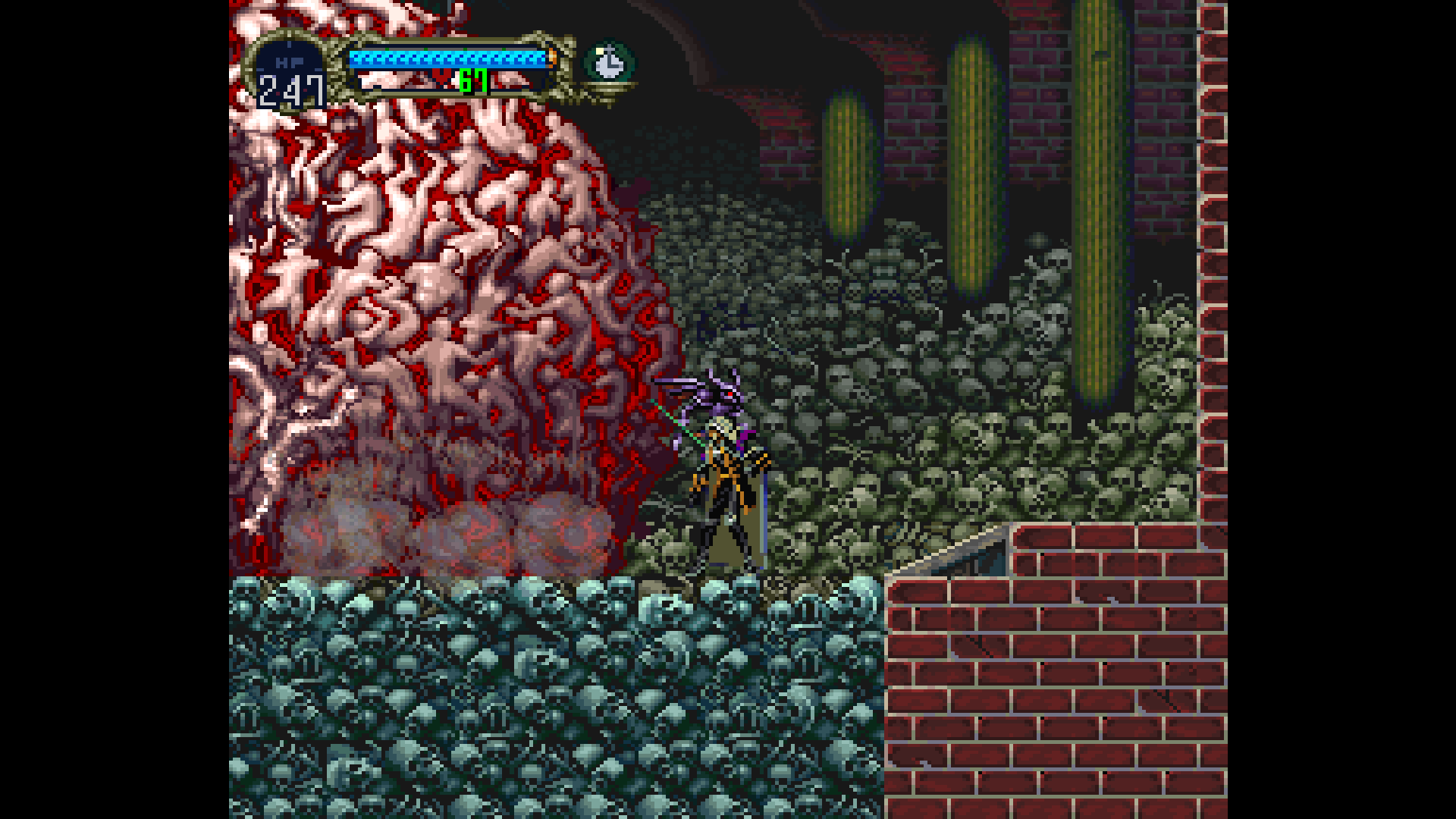
You probably saw this one coming. Symphony of the Night isn’t just one of the greatest entries in the Castlevania series, it’s one of the best games of all time ⏤ and having recently replayed it for the third or fourth time, it’s absolutely worthy of the praise. The game marks the franchise debut of the “Metroidvania” style, letting you freely explore Dracula’s castle, gain new weapons and abilities, untangle the twisting story, and (if you’re good enough) send the Count back to hell.
The star is Dracula’s son Alucard and his vampiric powers grant the player an exhilarating feeling of power as they dash, leap, and fly through the gigantic castle. Each room is hand-crafted, the environments are stuffed full of secrets, and the soundtrack is an all-time great.
Symphony is so highly praised that it’s easy to forget it got a frosty reception on its original release. In the mid-’90s, 3D polygonal games were the hot new thing and 2D platforming was considered outdated, with many outlets comparing this unfavorably with the then-upcoming Castlevania 64 (which was… not good). But Symphony of the Night’s beautiful sprites, level design, and responsive controls have meant it’s aged like a fine wine and is just as fun to play now as on its original release 25 years ago.
Castlevania: Symphony of the Night is available as part of the Requiem collection, though some fans insist that the original PlayStation release remains the best way to play, as it contains the iconic original voice-acting. But honestly, however you pick this one up, you’re in for a memorable supernatural adventure.
Sadly, Konami doesn’t seem interested in making a new Castlevania title, and rumors of a resurrection never come to pass. But there is a ray of light. Longtime Castlevania producer Koji Igarashi released the spiritual sequel Bloodstained: Ritual of the Night in 2019 and last year we got some hints that a sequel is in development.
But while Bloodstained is carrying the torch, I’m still craving some of the Drac-whippin’ action that only Castlevania can truly provide. Here’s hoping we haven’t seen the last of the Belmont clan.

